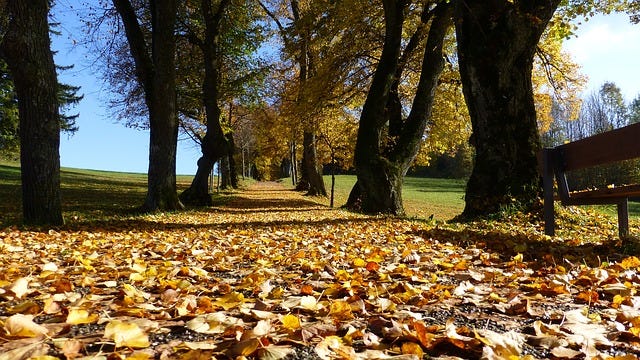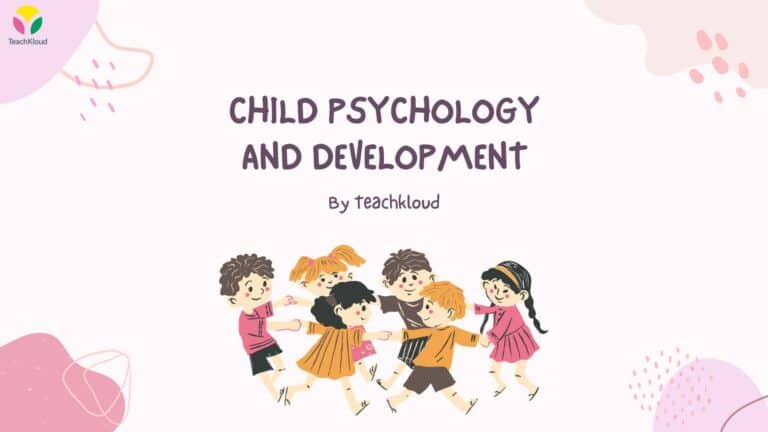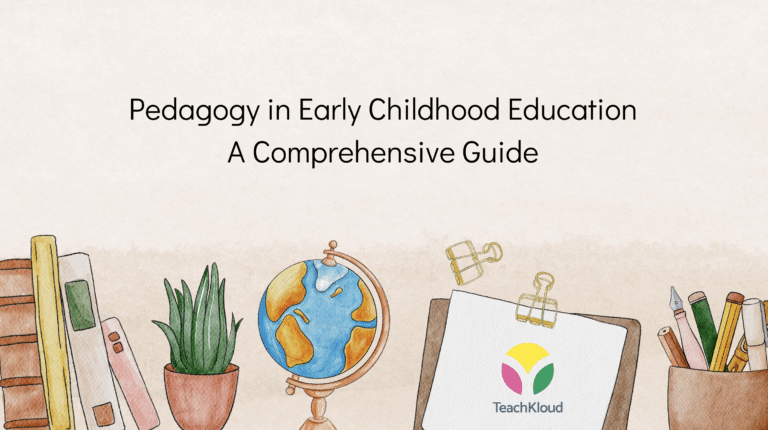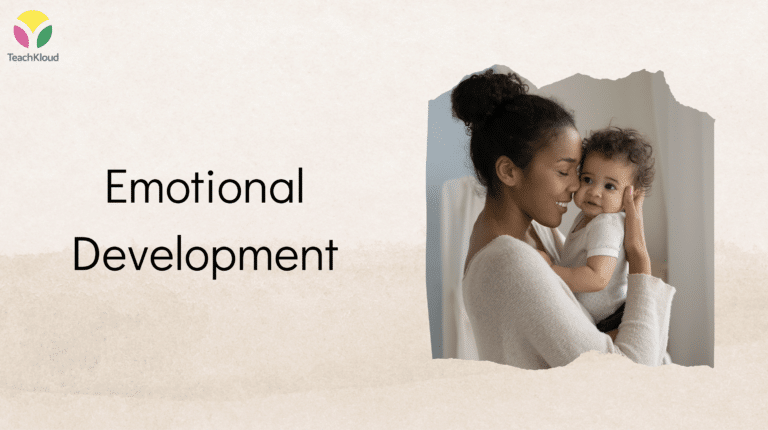“Do trees talk?” Exploring Children’s Working Theories
Author: Jennifer Low
New Zealand’s Early Childhood Curriculum “Te Whariki” has recently undergone a revision. In the new document, two broad learning outcomes remain prominent; learning dispositions and working theories. As minimal New Zealand research has been done on the concept of working theories, I am determined to focus my attention into exploring the ongoing development of children’s working theories.
As stated in Te Whariki;
Working theories are the evolving ideas and understandings that children develop as they use their existing knowledge to try to make sense of new experiences. Children are most likely to generate and refine working theories in learning environments where uncertainty is valued, inquiry is modelled, and making meaning is the goal. (M.O.E, 2017, p 23.)
My work with children follows the approach of emergent curriculum. I take note of children’s interests and inquiries and offer provocations in response to them for children to explore and deepen their thinking. In my current work with two three-year-old children, their main interest is nature, particularly the living world, and we have enjoyed exploring insects and sea creatures in depth. This blog will focus on our research into the living world and the inquiries and working theories that have emerged from our experiences.
As the children’s interest in nature emerged C asked: “What do spiders say?” This led into research about how and why insects communicate. During discussion of the children’s ideas, C came up with a question that was very thoughtful: “Do trees talk?” I was unwilling to end his inquiry by giving a short answer, instead I wanted to explore and revisit his question as a hypothesis to see how the children’s working theories developed.
At a local park on a windy day I asked the children: “Are the trees talking?” Both children replied: “Yes.” I asked: “What are they saying?” Both children had a similar response — the trees were observing us and talking to us, saying: “Hello” and: “Good pushing on the swing.”

A few weeks later, on a still day, we observed a tree near a beach. I asked the children: “Do you think the tree is talking?” A.L said: “No..because it is moving slowly.” I asked: “Do you think the tree could be talking slowly because it is moving slowly?” A.L replied: “Yes.” I asked: “What is it saying?”… “It is saying Eee Eee (squeaking) because it is moving slowly. Then C challenged her by asking: “How do you know that?” A.L made it clear her knowledge was intuitive, replying: “I can’t know it, because it’s a bit hard.”
A few weeks later, on a windy day, we saw a tree outside the car window. I asked: “Do you think it’s talking?” C replied “No…Yes!” I asked: “Does the tree have a mouth? “ C replied: “No.” I asked: “How does it talk then?” He replied: “With its leaves, when they are moving.” I asked, “What noise do they make?” A.L replied: “Squeak.” C replied: “No, they don’t squeak, they say, “hello flowers what is your name?” Then C began drawing on his scientific knowledge. He said: “Trees look at the clouds when they grow and they say oooh.” He ended by informing us that trees eat water and flowers drink water. I was interested in the way C related his knowledge about the living world to his ideas about talking trees. Trees and flowers need water to grow, and so do people. If people can talk, wouldn’t that mean trees can talk too?
Later in the week, C initiated a conversation about talking trees. At the park he said: “Look, those trees are talking!” I asked him why he thought they were talking. He said; “because they are shaking!” We could see small plants and big trees so I asked him if trees and plants talk to each other. “Yes.” He used a loud, deep voice to show how the trees talk and a squeaking noise to show how the plants talk. As we concluded our discussion I noted he had made a connection between the tone and pitch of an adult and child’s voice and connected these ideas to his hypothesis about trees.
In Te Whariki, one of the goals is for children to, “experience an environment where they develop working theories for making sense of the natural, social, physical and material worlds.” (p. 25) The learning outcome for this goal says, “over time and with guidance and encouragement, children become increasingly capable of making sense of their worlds by generating and refining working theories. “
It is my understanding that working theories develop when knowledge is gained from information, experiences and conversations that are meaningful to the child. As I continue my pedagogical relationship with two three-year-old children, who show a sustained interest in the living world, I expect their working theories about talking trees will continue to evolve and change over time. I look forward to guiding their participation in experiences that nurture, challenge and extend their working theories.
Ministry of Education, (2017). Te Whāriki, He Whāriki Mātauranga mō ngā Mokopuna o Aotearoa. Wellington: Learning Media.
Show the love and click the clap button. Join our blog for amazing giveaways and early childhood news!
Author Bio
Jennifer Low is an early childhood teacher, turned home educator to two children and mum to one. Jenni has a B.A. with majors in Education & Sociology and a Grad. Dip. in Early Childhood Teaching. Follow Jenni @creativeplayideas on Instagram for more inspiration.
Worth sharing?
Show some love by sharing this article with some teacher or parent friends.
TeachKloud
We support preschools in doing more of what they love! Reduce your paperwork, communicate with parents and encourage quality practices with the best management system and resource library full of open ended activities for preschool’s here or follow us on Facebook for amazing stuff!



